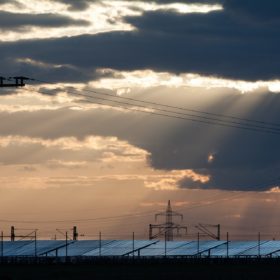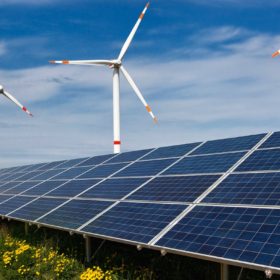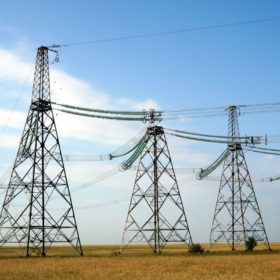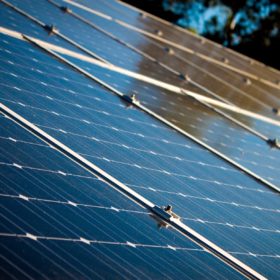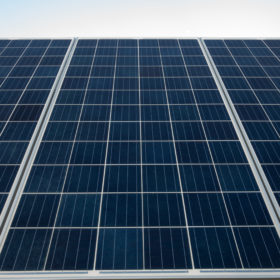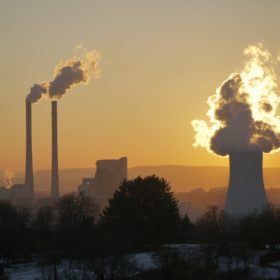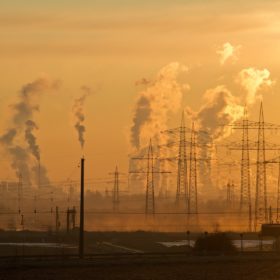India to hit large-scale PV target of 60 GW by 2022
India’s cumulative renewables capacity will hit 120 GW to 125 GW by December 2022, with solar to account for about 50% of the total, according to a new report by ICRA.
Renewables met half Germany’s power demand in first half
The Federal Environment Agency said clean energy provided 8% more electricity in the first six months of the year than in the same period of 2019. Solar accounted for 28 TWh.
Restrictions for solar on agricultural land may slow PV growth in Taiwan
Taiwan-based TrendForce says the nation added only 410 MW of solar capacity to the end of May, towards this year’s 2.2 GW target. The lower-than-expected deployment volume may be further hampered by new restrictions for PV on agricultural land introduced by the Council of Agriculture this month.
New solar+storage converter for greater grid stability
Scientists from the Institute of Electrical and Electronics Engineers have presented research suggesting a new topology for residential solar+storage inverters.
US racking company moves manufacturing to China
Despite strong revenue growth in its domestic market, Quick Mount PV – which was acquired by Netherlands-based Esdec last year – is abandoning its U.S. manufacturing to move overseas.
Temperature-based MPPT algorithm to improve PV system efficiency
Researchers in Spain have developed a maximum power point tracking (MPPT) algorithm based on just one input parameter – PV module temperature. The algorithm has already shown stability in testing, the scientists claim.
Renewables outpace nuclear and coal in the US
The latest edition of the US Energy Information Administration’s Electric Power Monthly report shows renewables generated more electricity through May 31 than coal and nuclear.
How much vertical BIPV is too much?
A French-Italian research group has shown that BIPV facades on buildings can cause a ‘darkening’ effect by reducing light reflectance on nearby installations, dragging down energy production by 11%. The ‘urban heat island effect’ can also weigh on PV system performance, the researchers said.
Bosch, IBC Solar combine smart heating production with PV
The German companies are developing an intelligent energy solution for heating, hot water, energy management and solar power generation in a single coordinated system.
Cleaning the air is like ‘moving a solar panel from Toronto to Houston’
An international research team has measured the reduction of air pollution due to the Covid-19 shutdown and its impact on solar radiation levels. They found that solar radiation in Delhi, one of the world’s most polluted cities, was around 8.3% higher in late March, when the Indian government implemented lockdown measures.
